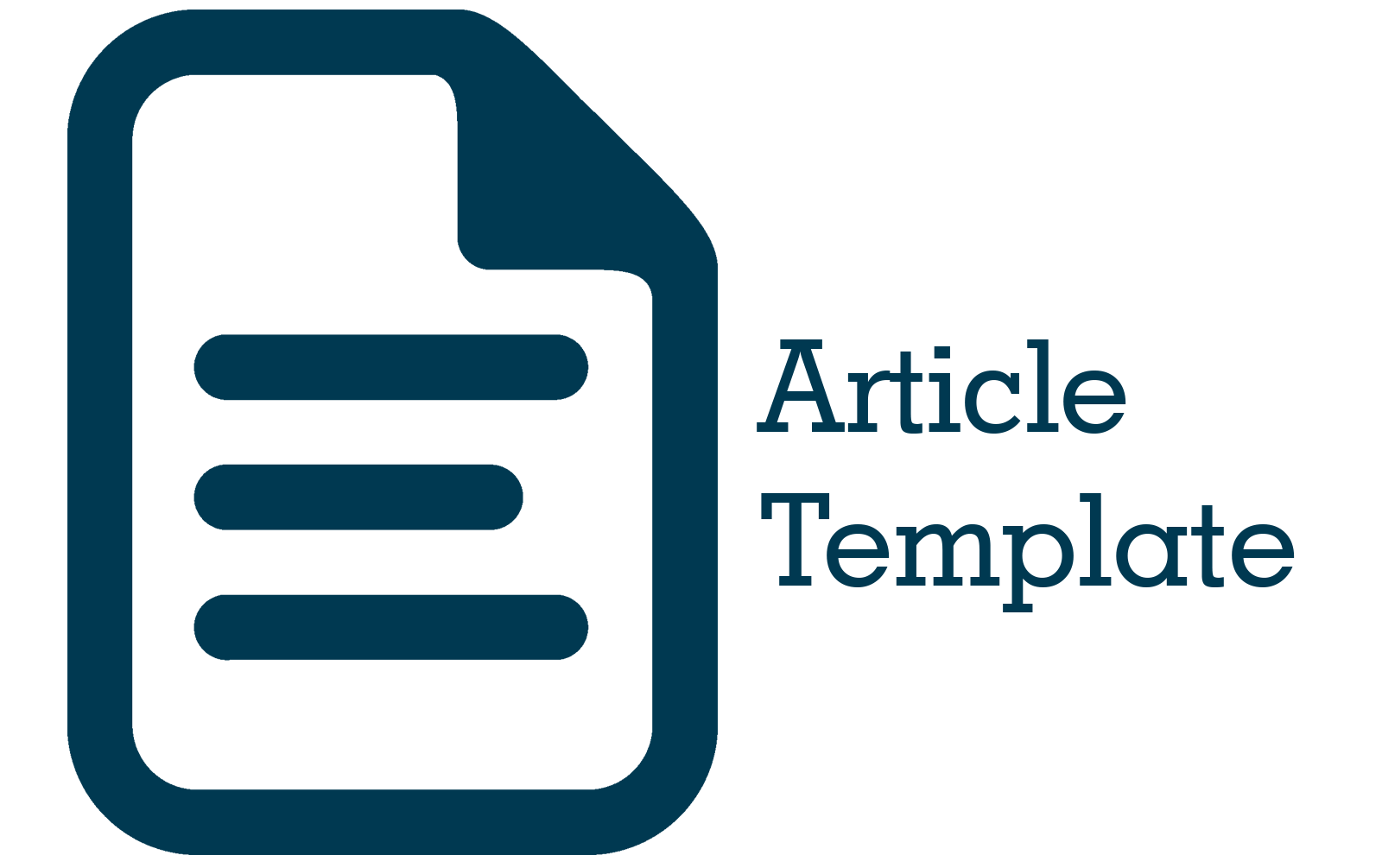Karakteristik Micro Influencer Tiktok Terhadap Kebutuhan Informasi Followers Gen Z
Abstract
Abstract. Rapid advances in technology enable all industries to follow the development of technology. One of the changes towards something more digital and more focused on the Internet of Things is a way to obtain information and to communicate through the use of social media.This research is quantitative research that seeks to determine the impact of micro-influencer characteristics on the information needs of Gen Zs. In this research, the theory used is Uses and Gratification. The population in this research is gen Z who were born between 1995 and 2010 and who have accounts on TikTok social media, from the number of micro-influencer followers, with a sample of 97 respondents. The sampling method used in this research is non-probability sampling. Using a purposive sampling method, the distribution of questionnaires is a way to collect data. SPSS is a method of data analysis. This research examines to what extent micro influencer characteristics have information needs. The results in the test get significant data between the micro-influencer variables on the information needs of followers.
Abstrak Kemajuan teknologi yang semakin pesat membuat semua industri terdorong untuk mengikuti perkembangan teknologi tersebut. Salah satu perubahan menuju sesuatu yang lebih digital dan lebih fokus kepada Internet of Things ini adalah cara untuk mendapatkan sebuah informasi dan berkomunikasi melalui penggunaan media sosial. Penelitian ini merupakan penelitian kuantitatif yang dilakukan dengan bertujuan untuk mengetahui pengaruh karakteristik micro influencer terhadap kebutuhan informasi follower gen z. Dalam penelitian ini teori yang dipakai adalah Uses and Gratification, Populasi dalam penelitian ini adalah generasi z yang berkelahiran antara 1995 sampai 2010 yang memiliki akun di media sosial tiktok, dari jumlah follower micro influencer, dengan sampel 97 responden, Metode pengambilan sampel yang digunakan dalam penelitian ini adalah non-probability sampling dengan metode purposive sampling, penyebaran kuesioner menjadi cara untuk mengumpulkan data. SPSS menjadi metode analisis data. Penelitian ini membahas seberapa besar pengaruh antara Karakteristik micro influencer terhadap kebutuhan informasi, hasil dalam pengujian mendapatkan data signifikan antara variabel karakteristik micro influencer terhadap kebutuhan informasi follower.
References
[2] S. Kemp, “Digital 2021: Indonesia,” Kepios Pte. Ltd., We Are Soc. Ltd., Hootsuite Inc., 2021, [Online]. Available: https://datareportal.com/reports/digital-2021-indonesia;
[3] D. Binns, “The Netflix documentary house style: Streaming TV and slow media,” Fusion J., vol. 14, no. 14, pp. 60–71, 2018;
[4] R. Haqqu, “Era Baru Televisi dalam Pandangan Konvergensi Media,” Rekam, vol. 16, no. 1, pp. 15–20, 2020, doi: 10.24821/rekam.v16i1.3721;
[5] D.Oktaheriyani, M. A. Wafa, and S. Shadiqien, “Media Sosial Tik Tok ( Studi Pada Mahasiswa Fakultas Ilmu Sosial dan Ilmu Politik UNISKA MAB Banjarmasin ),” 2020, [Online]. Available: http://eprints.uniska-bjm.ac.id/id/eprint/3504;
[6] I. I. Focus, “Indonesia Media,” 2018;
[7] A. P. Singh and J. Dangmei, “Understanding the Generation Z: the Future Workforce,” South -Asian J. Multidiscip. Stud., no. April, 2016;
[8] T. M. Anwar, “Phenomenology of Communication of Generation Z in Pekanbaru,” Komunikator, vol. 11, no. 1, 2019, doi: 10.18196/jkm.111015;
[9] S. Anjani and I. Irwansyah, “Peranan Influencer Dalam Mengkomunikasikan Pesan Di Media Sosial Instagram [the Role of Social Media Influencers in Communicating Messages Using Instagram],” Polyglot J. Ilm., vol. 16, no. 2, p. 203, 2020, doi: 10.19166/pji.v16i2.1929;
[10] L. V. Casaló, C. Flavián, and S. Ibáñez-Sánchez, “Influencers on Instagram: Antecedents and consequences of opinion leadership,” Journal of Business Research, vol. 117. pp. 510–519, 2020, doi: 10.1016/j.jbusres.2018.07.005;
[11] Musfiyah and L. Christiani, “Pemanfaatan Line Today terhadap Pemenuhan Kebutuhan Informasi Mahasiswa Fakultas Ilmu Budaya Universitas Diponegoro Semarang,” Anuva, vol. 4, no. 4, pp. 425–439, 2020;
[12] M. Fajrie, “Pengaruh Penggunaan Facebook Terhadap Perilaku,” An-Nida, vol. 11, no. 1, pp. 11–44, 2019;
[13] A. Ferdinand, Metode Penelitian Manajemen. AGF Books, 2018;
[14] S. Riyanto and A. A. Hatmawan, Metode Riset Penelitian Kuantitatif Penelitian Di Bidang Manajemen, Teknik ... - Slamet Riyanto, Aglis Andhita Hatmawan - Google Buku. Deepublish Publisher, 2020;
[15] Sugiyono, Metode Penelitian Manajemen, Ed. 1 Cet.3. Bandung: Alfabeta, 2014.











